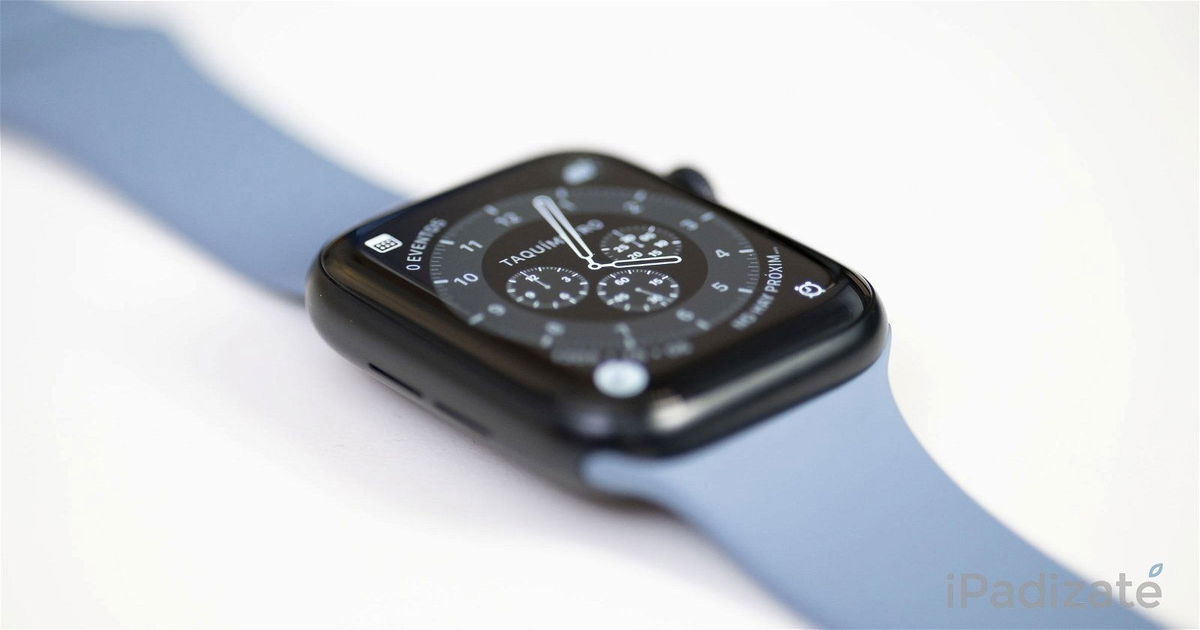The researchers studied monolingual Lithuanians, monolingual Norwegians, and bilingual Lithuanian-Norwegian speakers by asking them to distinguish between different shades of blue. The study found that the bilingual participants were quicker to identify subtle differences in shades of blue when using Lithuanian, which has separate words for light blue (žydra) and dark blue (mėlyna), compared to Norwegian, which uses a single term (blå).
This “phenomenon” shows that the brain’s response to a sensory signal depends on the active language system. The findings of the study show that language not only shapes the way we communicate, but also influences cognitive processes such as color perception.
Source: Ferra
I am a professional journalist and content creator with extensive experience writing for news websites. I currently work as an author at Gadget Onus, where I specialize in covering hot news topics. My written pieces have been published on some of the biggest media outlets around the world, including The Guardian and BBC News.










